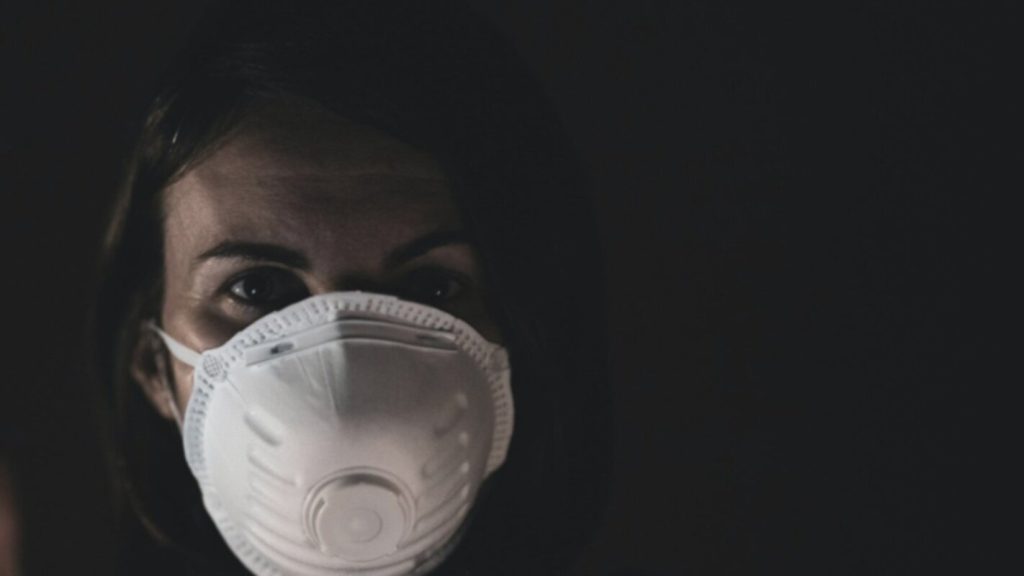Cadmium is a toxic heavy metal that poses significant health risks when inhaled or ingested. Workers in industries such as battery manufacturing, metal plating, and welding may be exposed to cadmium above the permissible exposure limits (PEL). Long-term exposure to cadmium can lead to severe health problems including kidney damage and lung cancer. Employers and workers must take necessary measures to control and prevent exposure to cadmium in the workplace. This article provides information on the hazards of cadmium exposure, available controls, and the use of respiratory protection to safeguard employees. Find more detailed information about how to develop a Respiratory Protection Program here.
What is cadmium?
Cadmium is a naturally occurring element that is commonly found in ores along with zinc, lead, and copper. Cadmium has a range of industrial applications, including use in batteries, metal coatings, pigments, and plastic stabilizers. It is also used in the production of solar cells.
What are the health risks and effects of exposure to cadmium?
Acute health risks associated with cadmium exposure include:
- Respiratory irritation causing coughing, chest tightness, and difficulty breathing
- Gastrointestinal irritation such as nausea and vomiting
- Renal (kidney) issues such as decreased urine output, fluid retention, and electrolyte imbalances
- Neurological issues such as dizziness, headaches, and confusion
Chronic health risks associated with exposure to cadmium can lead to various health problems, including:
- Kidney damage including the impairment of normal kidney functions, chronic kidney disease, and potentially kidney failure
- Cancers including lung cancer, prostate cancer, and kidney cancer
- Respiratory issues such as bronchitis and emphysema
- Bone disorders such as osteoporosis and osteomalacia
- Gastrointestinal irritation and gastrointestinal disorders which disrupt stomach acid production, leading to inflammation and ulcers
Cadmium is classified as a human carcinogen by OSHA and the International Agency for Research on Cancer (IARC).
How are workers exposed to cadmium in the workplace?
Exposure to cadmium can occur through inhalation of fumes and dust, ingestion, and skin contact. Occupational exposure to cadmium is most commonly found in industries such as:
- Battery Manufacturing
- Cadmium is commonly used in the production of batteries, particularly nickel-cadmium (Ni-Cd) batteries. Workers involved in battery manufacturing and recycling processes may be at risk of cadmium exposure.
- Metal Plating and Coating
- Cadmium is used in metal plating and coating processes to provide corrosion resistance and enhance the durability of metal surfaces. Workers in industries such as automotive, aerospace, and electronics that involve metal plating and coating may encounter cadmium exposure.
- Welding and Soldering
- Welding and soldering operations often involve the use of cadmium-containing materials or alloys. During these processes, fumes and dust containing cadmium can be generated, putting welders and workers who solder at risk of exposure. Find more about how to protect employees in the welding industry.
- Mining and Smelting
- Cadmium is a byproduct of the smelting and refining of zinc, lead, and copper ores. Workers involved in these operations, particularly in facilities where these metals are processed, may encounter cadmium exposure.
- Pigments, Ceramics, and Plastics Manufacturing
- In pigment production, cadmium pigments are utilized to create vibrant and durable colors in paints, plastics, and ceramics. In ceramic production, cadmium compounds are used in glazes and colorants to achieve specific hues. In plastic manufacturing, cadmium stabilizers can be used to enhance the heat stability/durability of certain types of plastics. Workers in these industries may be exposed to cadmium through contact with cadmium-containing materials or dust.
What are the OSHA regulations for cadmium exposure?
OSHA’s permissible exposure limit (PEL) for cadmium is 5 micrograms per cubic meter of air (5 µg/m³) as an 8-hour time-weighted average. Employers must take measures to keep exposure levels below the PEL, including:
- Exposure Assessments – Employers must assess cadmium exposure levels and monitor them periodically.
- Engineering and Work Practice Controls – Employers should use ventilation systems, wet methods, and enclosed processes to reduce employee exposure.
- Respiratory Protection – If exposure cannot be controlled below the PEL, employers must provide respiratory protection to workers.
- Protective Clothing and Equipment – Employers must provide gloves, eye protection, and protective clothing to workers exposed to cadmium.
- Medical Surveillance – Employers must provide medical surveillance to workers exposed to cadmium above the action level for 30 or more days a year.
How can exposure to cadmium be controlled and eliminated in the workplace?
Employers can take several measures to control and eliminate cadmium exposure in the workplace, including:
- Substitution or Replacement
- Replacing cadmium with less toxic alternatives and materials.
- Example:
- ColorArt Paints is a leading manufacturer of artist paints and recently recognized the potential health risks associated with cadmium-containing pigments to their employees during the manufacturing process. They collaborated with scientists and experts in the field to identify alternative pigments that could offer comparable color vibrancy and durability without the use of cadmium. Through rigorous testing and experimentation, ColorArt discovered a combination of organic and inorganic pigments that could replicate the colors previously achieved with cadmium. By taking proactive steps to find and implement alternatives to cadmium, ColorArt Paints successfully eliminated cadmium exposure to their team members.
- Engineering Controls
- Ventilation Systems
- Proper ventilation is essential for controlling airborne cadmium. Local exhaust ventilation (LEV) systems such as fume hoods or ducted enclosures are designed to capture and remove cadmium-containing fumes, mists, or dust at the source.
- Example:
- Acme Battery Manufacturing Company recently secured a contract to produce a large batch of high-capacity cadmium-based batteries. This was a new process for them and recognizing the potential for cadmium exposure during the manufacturing process, Acme Battery had to change some of their work processes and equipment to accommodate the new hazard. They installed local exhaust ventilation systems specifically designed to capture and remove cadmium fumes and dust generated during production. By proactively addressing the potential exposure, Acme Battery minimized the risk to their employees by ensuring that the air in the facility remained clean and free from cadmium contaminants.
- Dust Collection Systems
- Dust collection systems, including industrial vacuum systems or dust collectors can be utilized to capture and remove cadmium-containing dust particles. These systems utilize HEPA (High-Efficiency Particulate Air) filters to capture dust and prevent its release into the breathing area of workers.
- Enclosures and Isolation
- When working with processes that generate cadmium-containing fumes or dust, enclosing the operation or isolating the release source can effectively control the spread of cadmium in the facility. This can be accomplished by using physical barriers, such as enclosures or containment systems to isolate the worker and confine the process to prevent the spread of cadmium particulates.
- Ventilation Systems
- Administrative Controls
- Administrative controls for cadmium exposure involve training and educating employees on safe work practices, implementing standard operating procedures (SOPs), establishing workplace policies, and controlling access to restricted areas. These administrative controls complement engineering controls and play a crucial role in reducing cadmium-related health risks.
- Personal Protective Equipment
- Employers must provide workers with appropriate PPE, including respiratory protection, eye protection, and skin protection, to reduce exposure to cadmium if other controls are insufficient.
What respiratory protection should be used to protect workers from cadmium exposure?
Selecting the right respiratory protection for cadmium exposure depends on the level of exposure and the work environment. OSHA sets specific requirements for respiratory protection against cadmium exposure, which may include air-purifying respirators or supplied air respirators.
The type of respirator filter or cartridge used is critical and depends on the specific level of cadmium exposure in the work environment. Cadmium exposure may present itself in the form of dust or fumes, and appropriate filters or cartridges should be selected based on the hazard assessment and manufacturers specifications. Proper use, maintenance, and storage of the respirator are also essential. You can find more information about completing a respiratory hazard assessment here.
Occupational exposure to cadmium poses serious health risks and must be proactively addressed in the workplace. Employers must implement engineering and administrative controls, as well as provide appropriate PPE, to protect workers from cadmium exposure. Both employers and employees need to be educated on the risks associated with cadmium exposure and the necessary precautions to mitigate these risks. By following OSHA’s regulatory standards for cadmium exposure and respiratory protection, employers can ensure the safety and health of their workers on the job.
A critical and required step before allowing employees to wear respirators is to conduct a medical evaluation. Vest’s Respirator Clearance system can assist your organization with completion of the Medical Evaluation Questionnaire to medically qualify employees for respirator use. Speak with a Vest representative about respirator clearance.
OSHA Reference: https://www.osha.gov/cadmium



